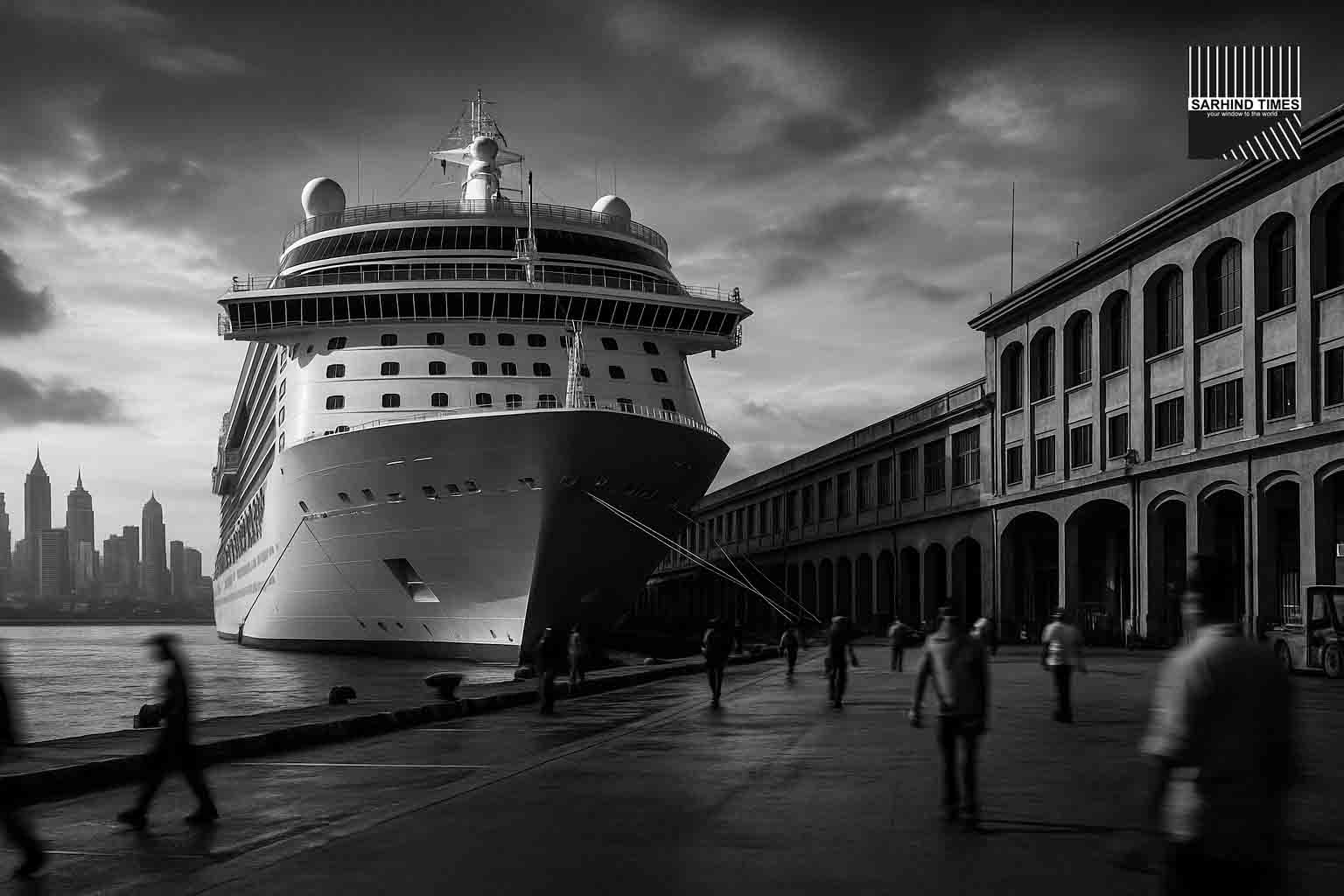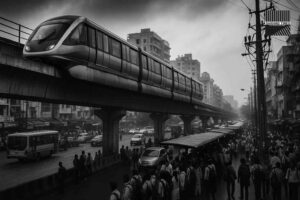20 Sep 2025
India’s maritime journey is set to reach a major milestone today as Prime Minister Narendra Modi inaugurates the nation’s largest cruise terminal at Mumbai’s historic Indira Dock. Estimated at a cost of approximately ₹7,870 crore, this flagship project is not just a symbol of modern infrastructure but also a bold step toward positioning India as a global hub for luxury tourism, maritime connectivity, and urban regeneration.
For decades, Mumbai has been India’s maritime gateway, with its ports handling trade, cargo, and passengers. Yet, the cruise tourism industry—a segment growing rapidly worldwide—had remained underdeveloped. With this new terminal, India signals its readiness to welcome international cruise liners, strengthen its coastal economy, and integrate tourism with urban development.
The Vision Behind the Terminal
Cruise tourism has become one of the fastest-growing industries in the world, particularly in regions like the Caribbean, Mediterranean, and Southeast Asia. The Government of India’s decision to invest heavily in a state-of-the-art terminal reflects a recognition of this trend.
The Maritime India Vision 2030, unveiled earlier by the Ministry of Ports, Shipping, and Waterways, clearly identifies cruise tourism as a strategic sector. The Mumbai cruise terminal is expected to serve as the cornerstone of this vision, unlocking opportunities across:
- Tourism and Hospitality – enabling seamless experiences for international travelers.
- Infrastructure Development – improving rail, road, and metro connectivity to docks.
- Job Creation – generating employment in shipping, logistics, hospitality, and retail.
- Global Branding – placing India on the global map of luxury cruise destinations.
Terminal Features
The new cruise terminal has been designed to handle over 200 cruise calls annually, accommodating ships carrying thousands of passengers. Key features include:
- Spacious Arrival & Departure Halls – large halls with modern seating and waiting lounges.
- Immigration & Customs Efficiency – upgraded counters and digitized processes for faster clearances.
- Baggage Handling Systems – improved conveyor systems for smoother passenger flow.
- Luxury Integration – duty-free shops, cafes, and lounges to create a “world-class” travel atmosphere.
- Multi-Modal Connectivity – improved links to railways, Metro Line 3, and city airports.
Urban planners have emphasized the importance of integrating this terminal with Mumbai’s larger transport ecosystem to prevent traffic congestion and ensure sustainability.
Broader Economic Impact
According to maritime experts, every 1 lakh cruise passengers generate approximately 4,000 direct and indirect jobs. With projections that India’s cruise traffic could grow tenfold by 2030, the terminal’s economic impact is expected to ripple across multiple sectors:
- Hospitality & Retail: Hotels, restaurants, and shops around South Mumbai stand to benefit.
- Transport & Logistics: Taxis, buses, and port logistics will see demand spikes.
- Local Businesses: Street markets, heritage guides, and artisanal products could see a new international clientele.
- Real Estate: Increased demand for short-term rentals and serviced apartments.
In addition, the terminal could reduce India’s dependence on neighboring hubs like Singapore and Dubai for cruise traffic, retaining revenue within the country.
Challenges & Concerns
While the terminal is a bold step forward, experts warn of challenges:
- Environmental Concerns – Cruise ships are known to be carbon-intensive. Mitigation strategies like shore power, LNG-fueled ships, and waste management must be prioritized.
- Urban Congestion – South Mumbai already faces heavy traffic. Last-mile connectivity must improve.
- Sustainability of Demand – Success will depend on sustained marketing campaigns and partnerships with global cruise operators.
- Equity of Benefits – While luxury tourism thrives, it is important to ensure inclusive benefits for local communities.
India’s Cruise Tourism in Global Context
Globally, the cruise tourism market is valued at over $7 billion annually and continues to grow despite challenges like the pandemic. India, with its 7,500 km coastline, is uniquely placed to tap into this sector.
Countries like Singapore, with smaller coastlines, have emerged as cruise hubs due to infrastructure investment and policy support. India hopes to replicate and scale that model, offering not only outbound but also domestic cruise tourism—connecting ports like Goa, Kochi, Chennai, and the Andaman Islands.
Voices from the Industry
- Union Minister for Ports, Shipping & Waterways: “This terminal is a game-changer. It is not just a building but a gateway to new opportunities for our economy and citizens.”
- Travel & Tourism Expert: “Cruise tourism is aspirational. With rising incomes, India’s middle class will increasingly see cruising as an option, just as flying became mainstream over the last decade.”
- Local Resident: “We are proud, but also concerned about traffic. The city must prepare for higher footfall.”
Future Outlook
The Mumbai cruise terminal is the first of several planned projects. Future developments may include:
- Coastal Cruise Circuits – short cruises linking Mumbai to Goa, Lakshadweep, and Kochi.
- Integration with International Routes – global liners adding Mumbai as a standard stop.
- Digital Tourism Ecosystem – apps for seamless booking, customs clearance, and local tours.
- Green Port Initiatives – solar energy, waste-to-energy plants, and electric buses around docks.
If executed well, India could emerge as Asia’s next big cruise tourism hub by 2030.
Conclusion
Mumbai’s new cruise terminal is more than concrete and glass—it is a statement of intent. India is ready to embrace the global cruise tourism wave, strengthen its maritime identity, and weave economic growth with cultural showcasing. The success of this terminal will not only be measured by the number of ships docking but also by the stories of travelers, the smiles of local businesses, and the city’s ability to balance growth with sustainability.
This is not just about cruises—it is about India’s journey to claim its place on the global tourism map.
#Mumbai #CruiseTourism #Infrastructure #Ports #Travel #Economy #MakeInIndia #MaritimeVision2030 #SarhindTimes #TourismGrowth






















+ There are no comments
Add yours